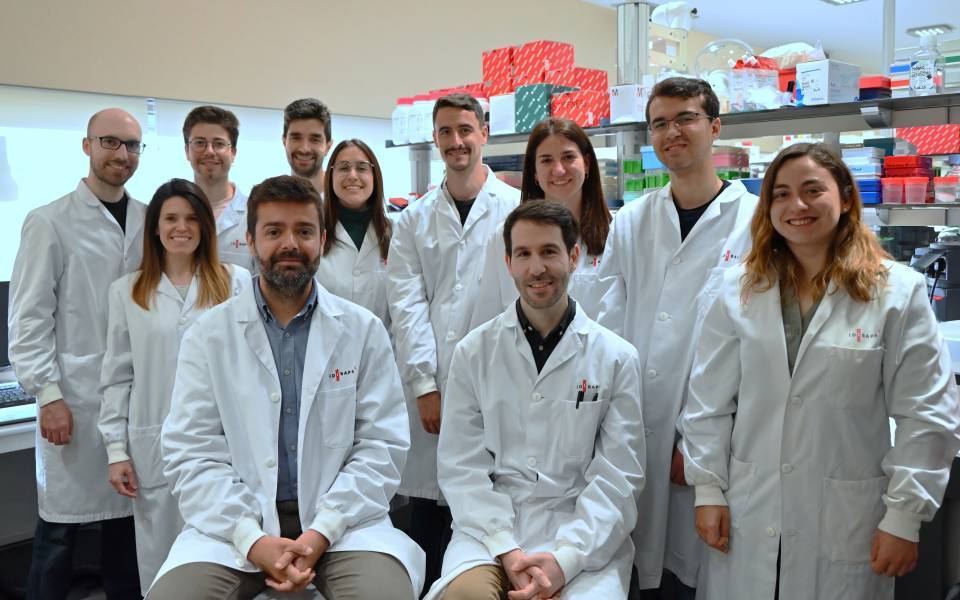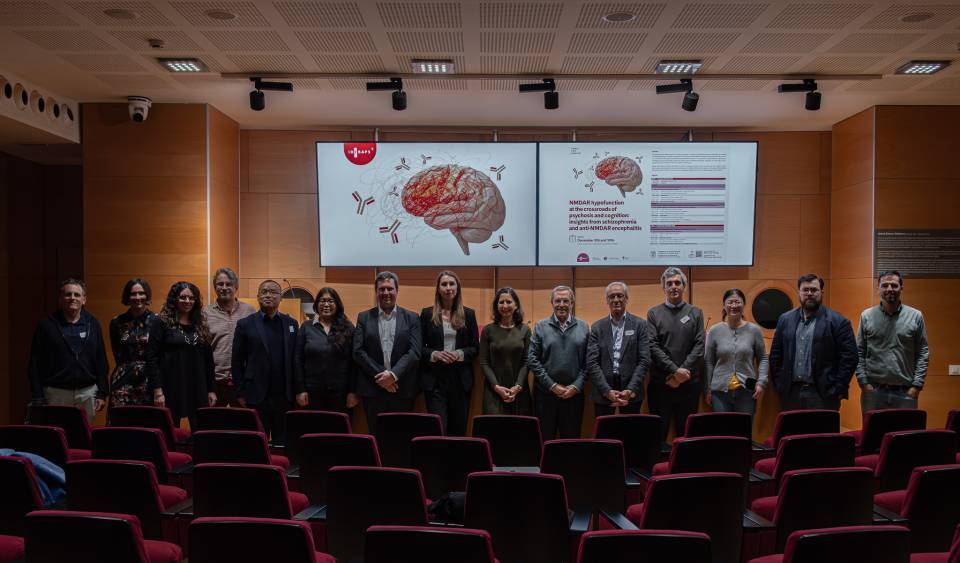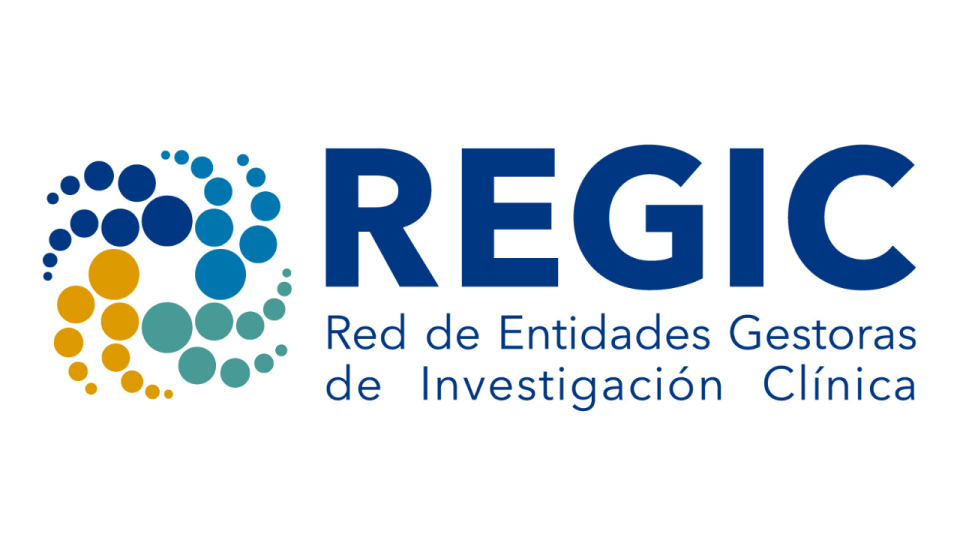Portal hypertension constitutes the most important complication of chronic liver disease and is associated with an increased risk of death. Nowadays, measuring the portal vein’s pressure gradient enables patients to be diagnosed and classified. However, this is an invasive method, with a high cost and is only available at specialised centres, a fact that limits its routine use in clinical practice. “It is necessary to have access to a non-invasive alternative that enables patients to be monitored”, explains Jordi Gràcia-Sancho, head of the IDIBAPS Liver vascular biology group and researcher of the Networked Biomedical Research Centre for Liver and Digestive Diseases (CIBEREHD).
Recently, the researcher and his team have identified two biomarkers, E-cadherin and Spink1, which could predict the appearance and progression of portal hypertension. “To date, it was understood that portal hypertension was a consequence of the alteration of the liver endothelium. In other words, the thin layer of tissue that separates the liver from the blood. But, what if that were not the case, and hypertension on its own deteriorates the liver blood vessels?”, asks Gràcia-Sancho.
In order to evaluate this hypothesis, the scientists used a liver-on-a-chip to cultivate and subject the sinusoidal endothelial cells that line the smallest blood vessels in the liver to an increase in pressure. “The device simulates the processes that take place in the real organ, in both normal and pathological conditions. Therefore, it enables us to modify the tissue’s environment and study the response to the cells”, explain Martí Ortega and Albert Gibert, the first-named authors of the study. According to the data published in the journal JHEP Reports, hypertension alters the expression of various genes in the cells, inducing cellular dysfunction. One of them, CBX7, regulates E-cadherin and Spink1, two proteins detectable in blood serum, which are increased in patients with portal hypertension.

“The results, validated in two cohorts of patients, show that the joint determination of E-cadherin and Spink1 discriminates healthy people from those who present with portal hypertension and clinically significant portal hypertension. In the latter, the probability of complications and mortality is very high”, explains Gràcia-Sancho. “Firstly, the finding sets down the bases for two of our current projects. These have as their objective the development of a new quick test that enables the measurement of both proteins in a drop of blood and that, therefore, helps to diagnose and monitor patients with portal hypertension at any health centre. Secondly, the study shows that portal hypertension is not only a consequence, but also actively contributes to the dysfunction of the hepatic endothelium”.
Also participating in the study were the CNM-CSIC, the CIBERBBN, the hospitals Ramon y Cajaland Gregorio Marañón, as well as the Hospital Clínic Barcelona, and it received funding from the Carlos III Health Institute(ISCIII). The development of the quick test is currently been funded by the ISCIII, through the programme of technological development in health, and the AGAUR, through its Product programme.
Reference article
Martí Ortega-Ribera, Albert Gibert-Ramos, Laia Abad-Jordà, Agustín Albillos, Joan Carles García-Pagán, Jordi Gracia-Sancho, et al. Increased sinusoidal pressure impairs liver endothelial mechanosensing, uncovering novel biomarkers of portal hypertension JHEP Reports. 2023.




